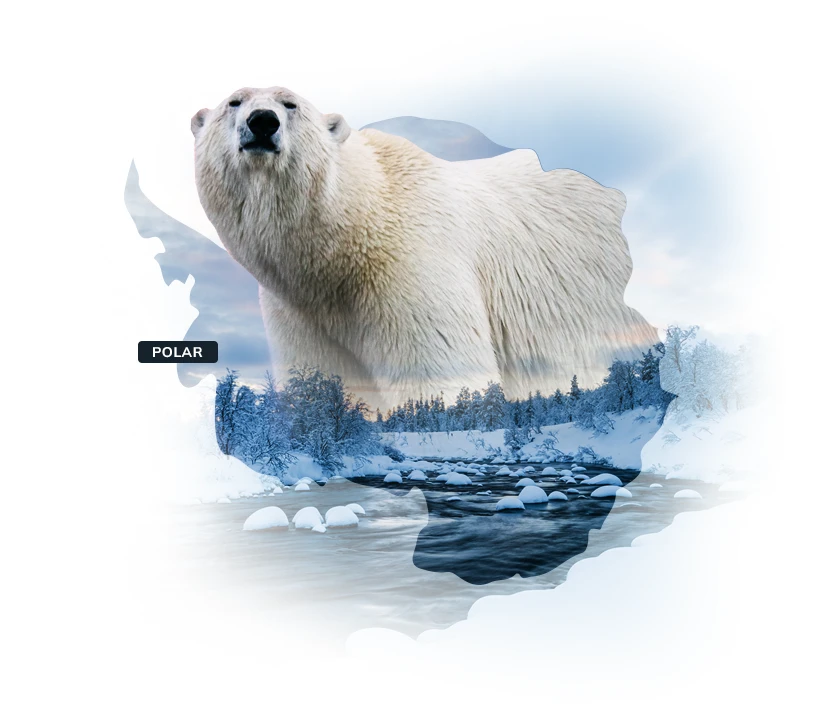An archipelago with mythological status, experience nature’s all-encompassing forces on a Galápagos Islands tour
 The Galàpagos Islands are an unspoilt paradise, from volcanoes to the spectacular ocean
The Galàpagos Islands are an unspoilt paradise, from volcanoes to the spectacular ocean
The Galápagos Islands lie 600 miles off the coast of Ecuador. This archipelago is otherworldly, born millions of years ago out of a volcanic hotspot in the Pacific. Our Galápagos Islands tour packages offer you a leap back in time to a beautiful, prehistoric world.
Crystalline waters, volcanoes rugged and austere, soils rich in nutrients devoured by green. The 13 main islands are scattered amongst hundreds of smaller islands with scores of islets. Each island on the Archipiélago de Colón has its own character. In the west lies the youngest of the islands - Fernandina. This is a land of molten and fire, the closest to the volcanic hotspots that are uninhabited. Here, you can access the most unique Galápagos Islands animals, like the fascinating flightless cormorant, and the largest and darkest-coloured marine iguanas.
Neighbouring Fernandina, Isabela Island is the largest in Galápagos and a gateway to some of the best things to see in Ecuador. The shape of this land resembles a seahorse with a backbone of volcanoes stretching for almost 100 miles. The volcanic regions are home to five different volcanoes and five different tortoise subspecies. Where in the south, the highlands are covered in dense and verdant vegetation.
Due to tectonic movement, the islands gradually move east during their lifespan. Born from the Pacific hotspot of volcanic activity, slowly, the bubbling crevices become ancient ruins worn in the passage of time. The volcanoes of Santa Cruz are now swallowed by forests.
The oldest island, Española, is near the end of its lifespan. The saturated colour of this land, inundated with sea lion colonies, is accentuated by endless shades of black. This is the best place to see the waved albatross and a distinctive addition to any of our Galapagos Island travel packages. United by water, the converging paths of four major ocean currents have brought together animals from opposite ends of the Pacific. The interplay of warm and cold has generated the world’s most diverse marine life, a sanctuary of the sea.
95% of the prehuman biodiversity in the Galápagos remains intact, so it is important when travelling to the Galápagos Islands that we help preserve this. Experience waters erupting with wildlife, dive off your eco-cruise into waters frequented by sea-lions, scalloped hammerheads and marine iguanas dancing in the current. Get up close and personal with the inhabitants of the most unique ecosystem on the planet.
Your Luxury Galápagos Islands Trip Ideas
The Best of Ecuador's Wildlife itinerary features The Galápagos Islands, where you can discover the turquoise waters of the Itabaca Channel and see blue-footed boobies, brown pelicans, dancing sea-lions, and the patrol of the white-tipped reef sharks. During your time in the Galápagos Islands, you'll have the chance to wander through mangroves, visit a giant tortoise reserve and embark on a Galápagos safari.
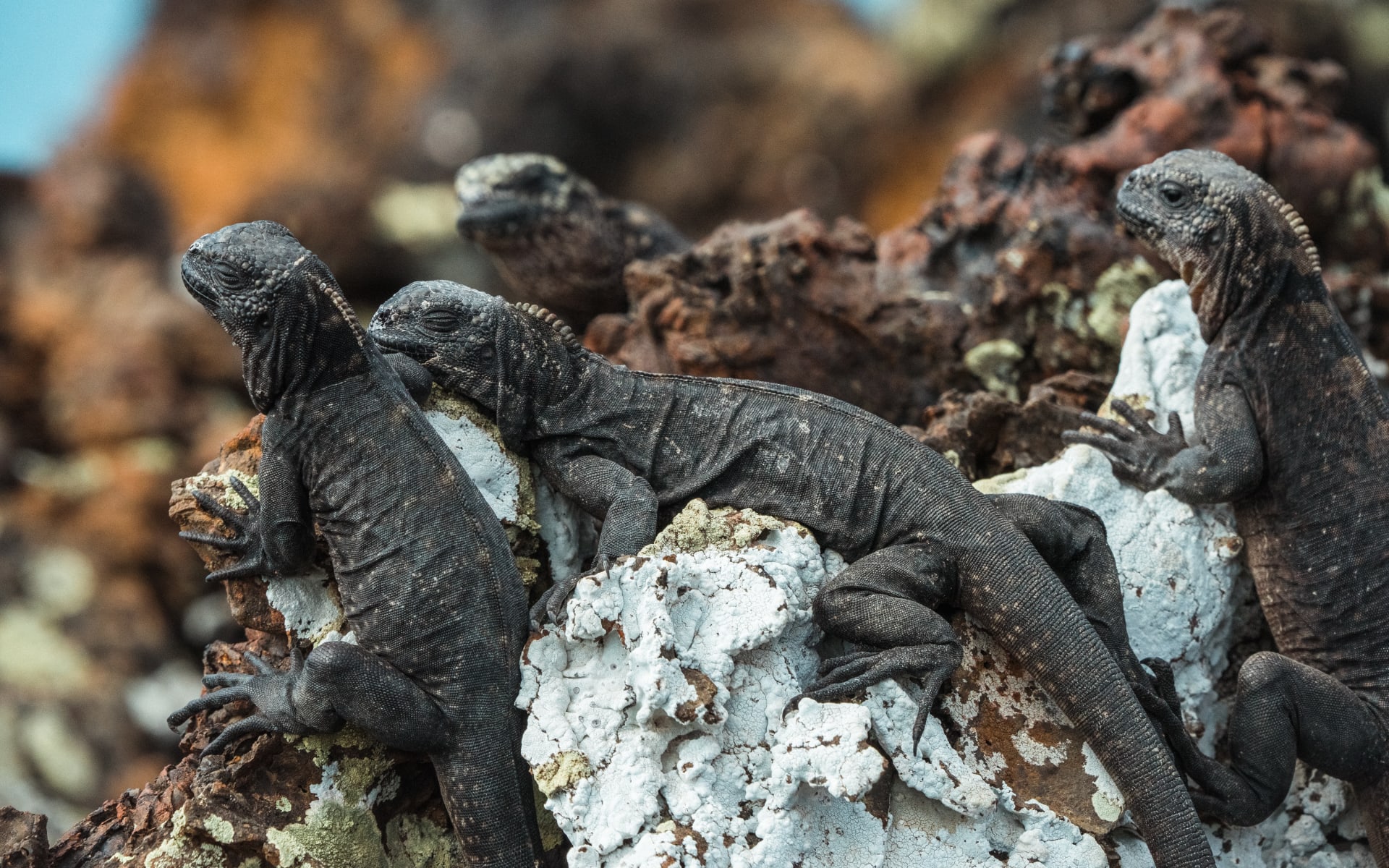
Ecuador Wildlife Tour
Interact with the world's most unique species, experience the Amazon by houseboat and the Galápagos ...
Discover MoreBest time to visit the Galápagos
The Galápagos wildlife can be seen year-round as, unlike other safari destinations, there are only a few migratory species, and no need to go in search of watering holes. However, depending on the time of year you visit, you will get a different experience of the wildlife. Check out our in-depth calendar of wildlife viewing in the Galápagos.
In general, from June to November, the weather in the Galápagos is cool and dry. This means that the ocean is colder, making it the best time to visit Galápagos for diving and seeing marine wildlife. From December to May, the warm and wet weather brings calmer and more pleasant seas. Visiting Galápagos is preferable during the wet season as showers usually pass quickly, and the visibility in the water is better.
WEATHER CHART:
- Excellent
- Good
- Poor
Need to chat?
Find out more and tailor your perfect trip with the help of our specialist team
Enquire OnlineWhere to stay in the Galápagos Islands
While in the Galápagos Islands, stay at Galapagos Safari Camp, which is an exclusive property with only nine safari-style tents, a main lodge, a pool and a viewpoint looking out over 55 hectares of land. It's a tranquil paradise!
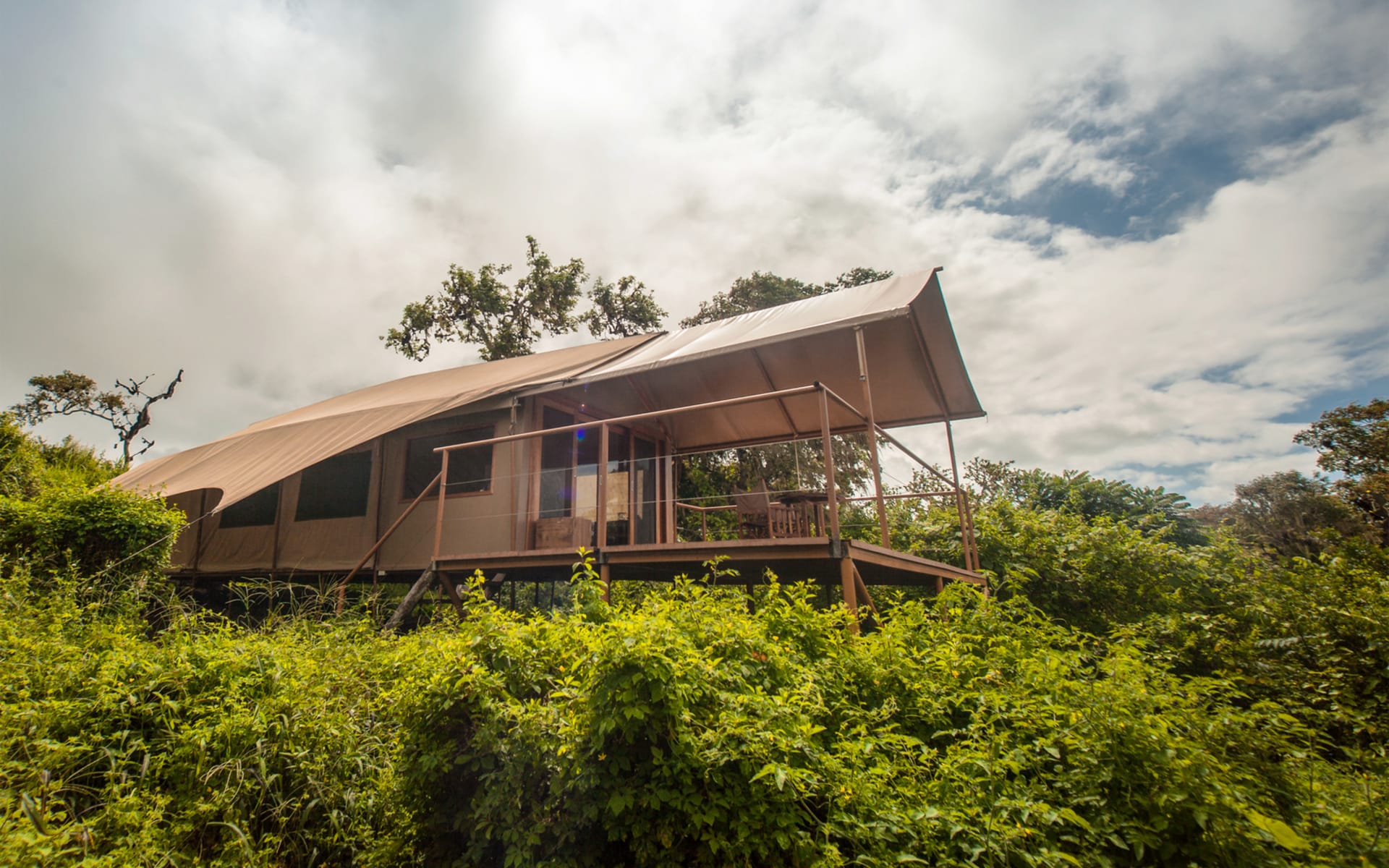
Galapagos Safari Camp
Enter the land roamed by wild giant tortoises, right on the borders of the Galapagos National park, ...
Discover More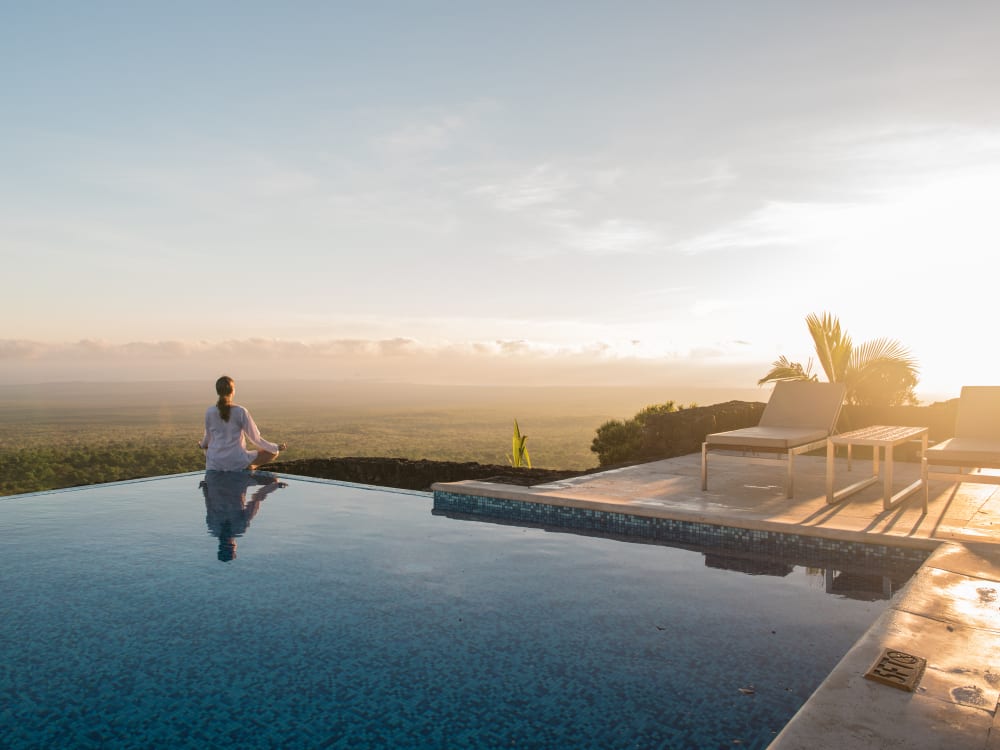
Pikaia Lodge
Truly rural and entirely luxurious, Pikaia Lodge is the Galapagos’ finest in-land accommodation and ...
Discover MoreMore Ecuador travel inspiration from Wayfairer customers and travel specialists
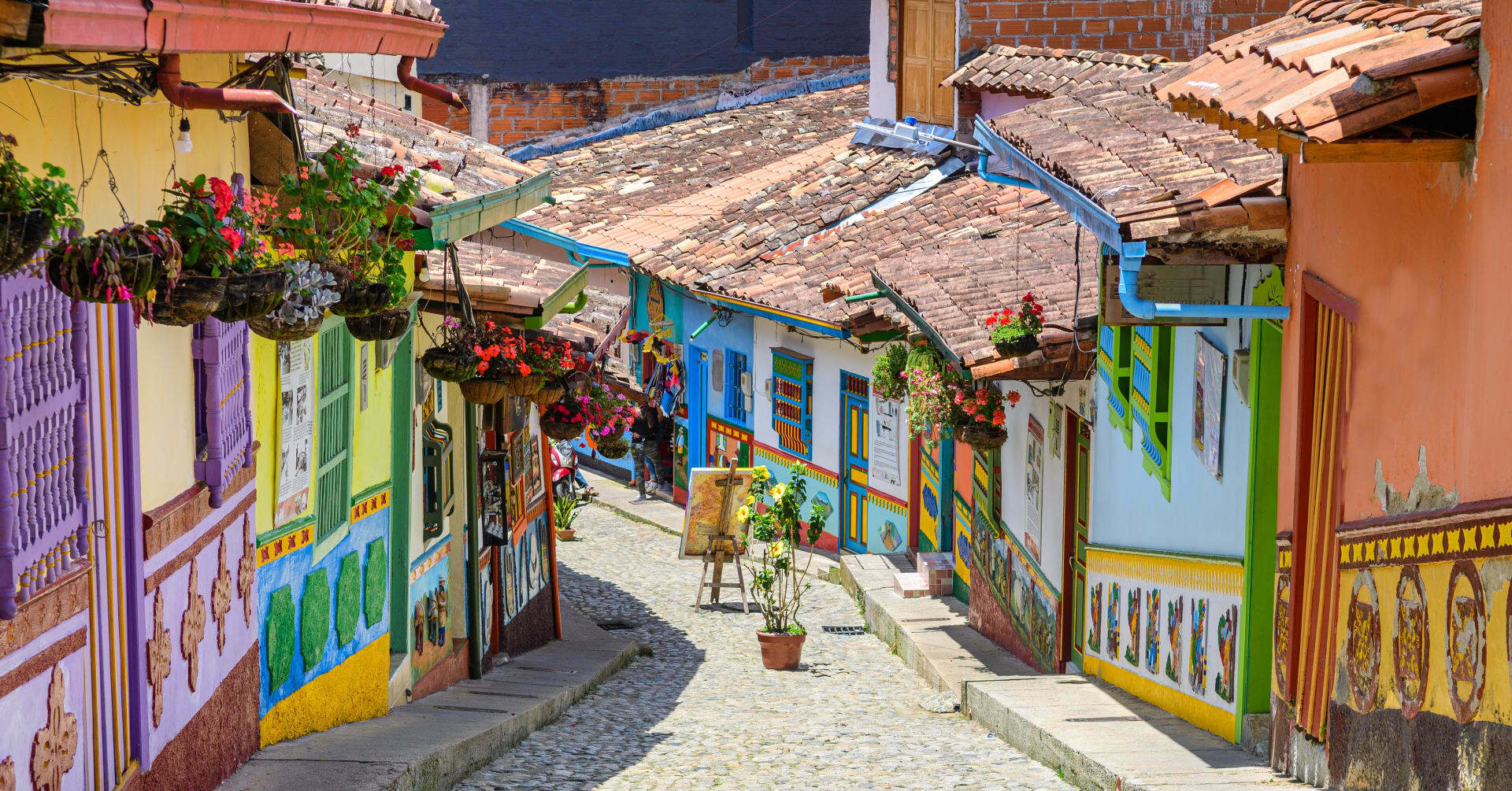
The 6 Best Countries to Visit in South America
January 10, 2025
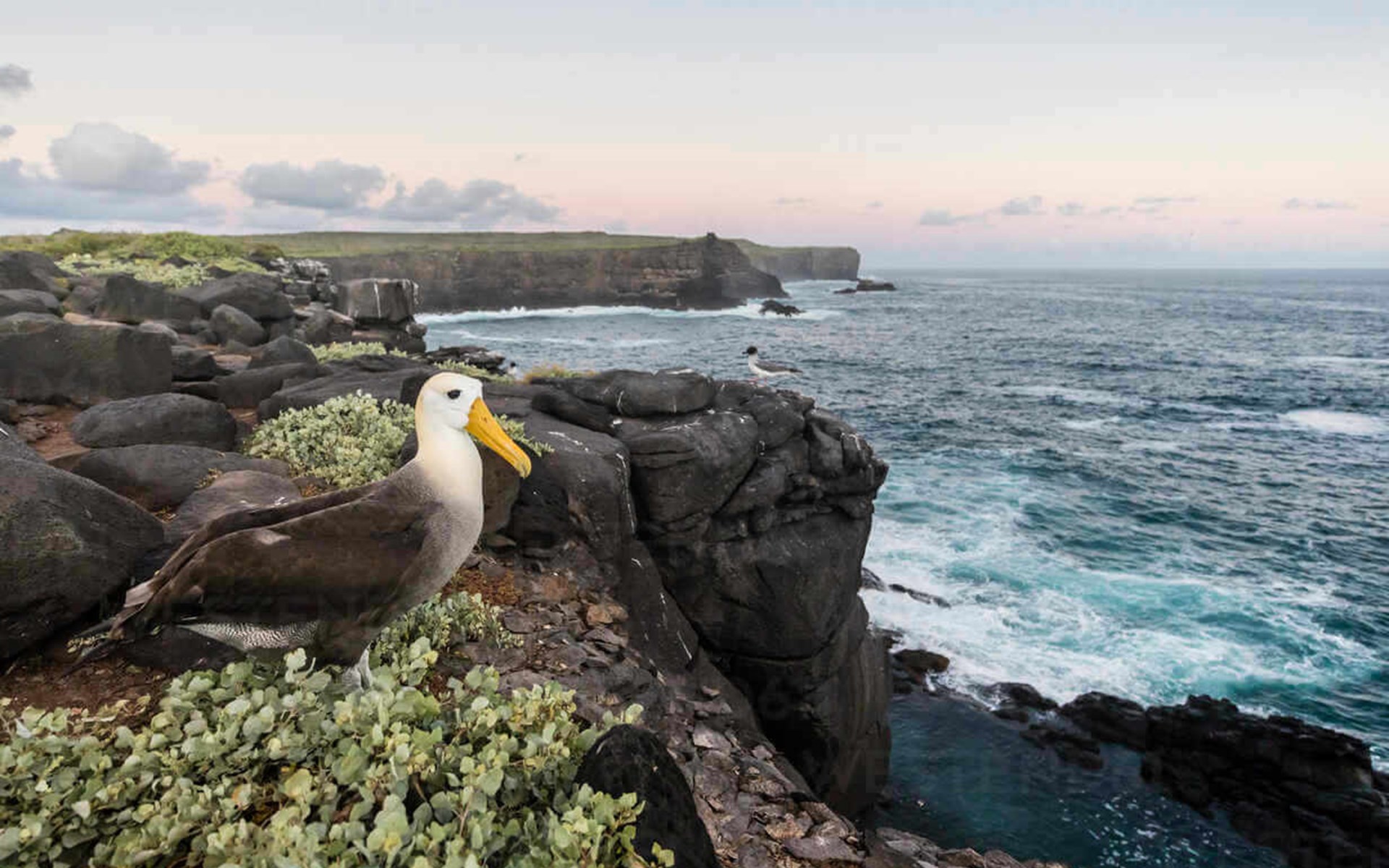
The Remarkable Wildlife of Ecuador
April 14, 2023
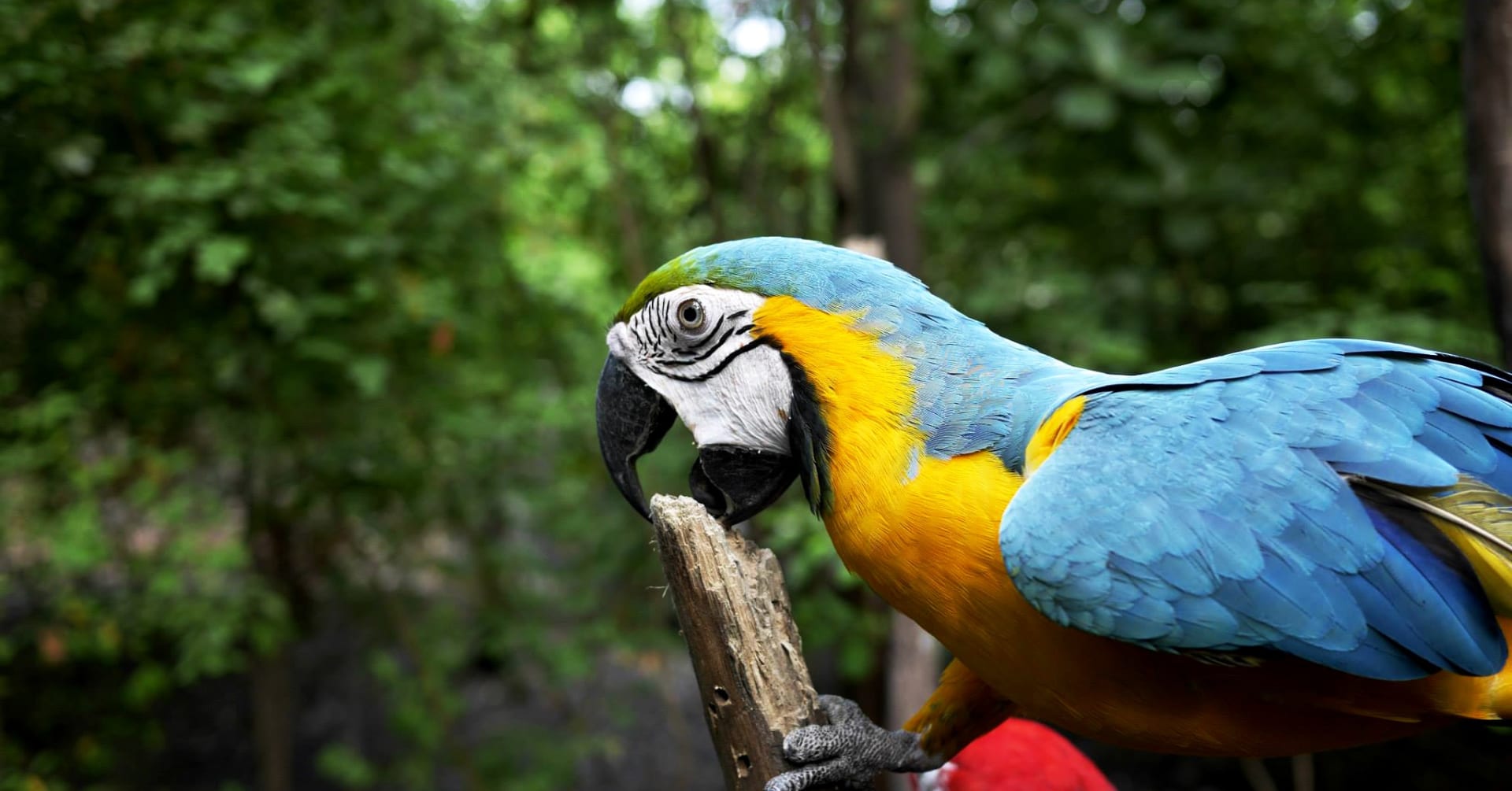
Responsible Travel Guide: Ecuador
December 31, 2023
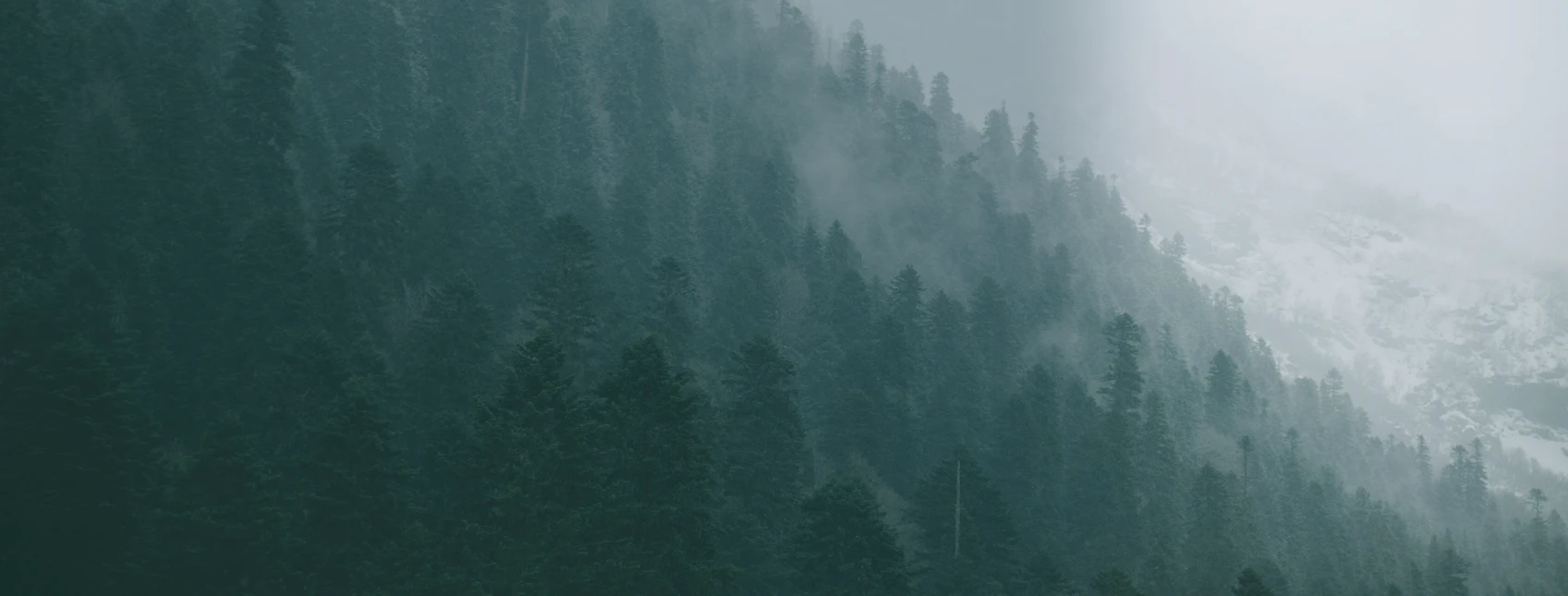
Sign up to our newsletter
For more travel inspiration delivered straight to your inbox just fill in your details here
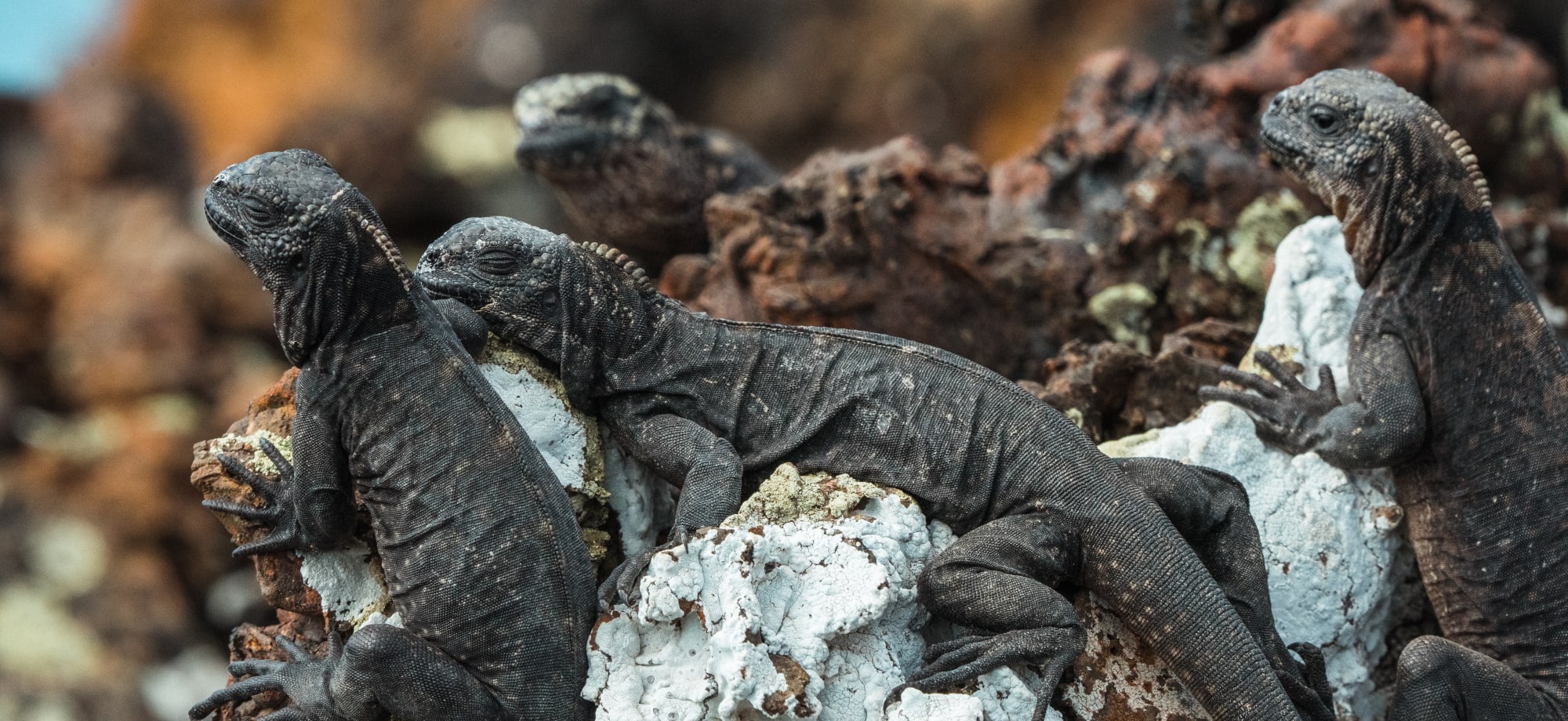
Start planning your Galápagos Islands holiday today
We're looking forward to hearing from you



